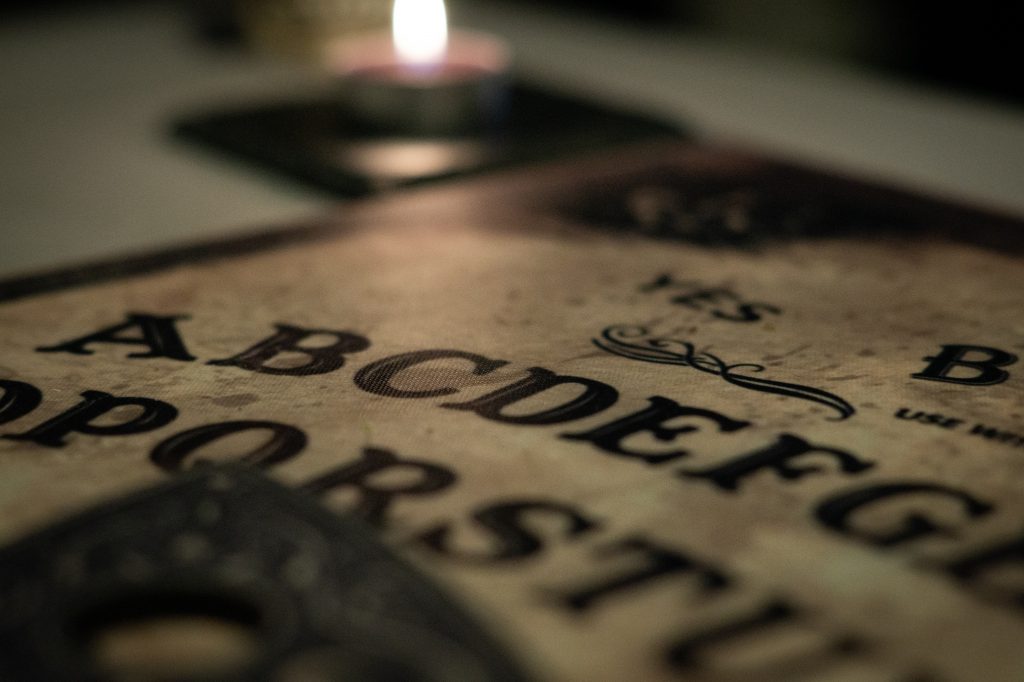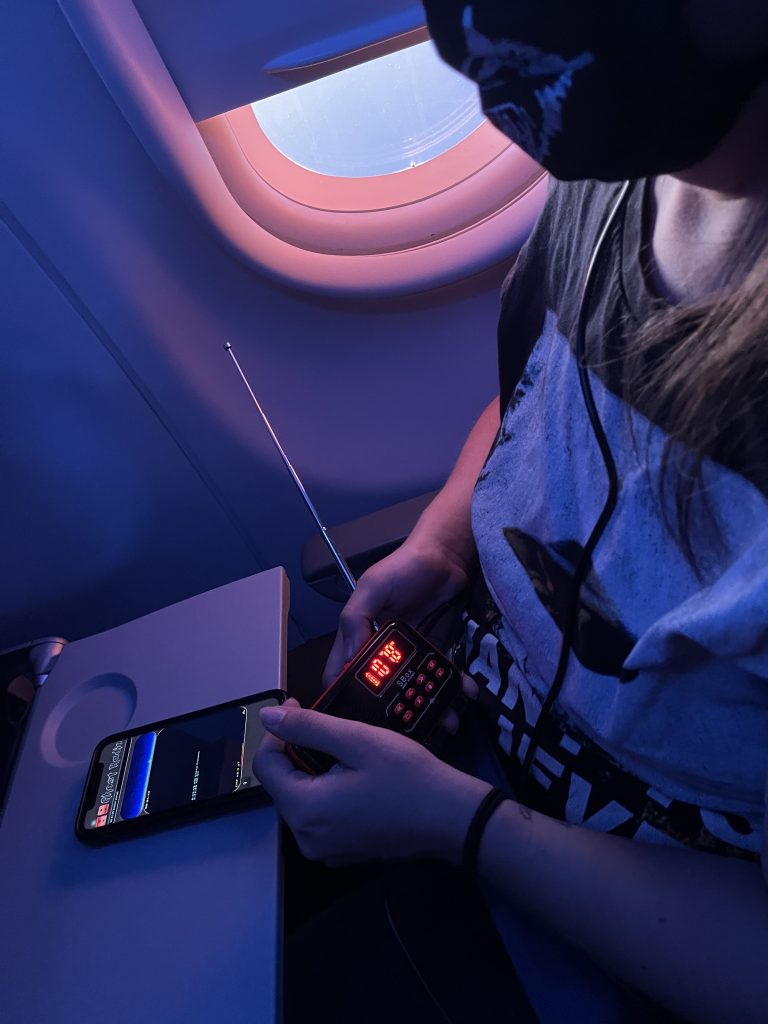“Spirits are attracted to limestone, but cannot cross water.”
“If you hang a mirror on an exterior wall you are inviting unknown entities into your home.”
“Ouija Boards are dangerous and can be used to summon demons.”

The statements above reflect a certain type of bias. When bias creeps into your research and investigation you may be limiting your results. Here are some tips on recognizing, interrupting, and redirecting bias.
Have you ever heard the phrase “When all you have is a hammer, everything begins to look like a nail.”? Relying solely only on the knowledge of other investigators is a good example of this old saying. Take a moment to think about what being a paranormal investigator means to you, and your reasons for doing it. What hard beliefs have you developed during your practice as an investigator? If you’d like, jot those reasons and beliefs down on paper and set them aside. Referring back to them on your next investigation can be helpful.
Interrupting Bias
Interrupting your bias allows you to be more aware of your surroundings. Imagine a time when you’ve listened to stories about a reportedly haunted location. Perhaps an apparition was seen, objects were found in random places, or may have even disappeared completely. Now imagine when you arrive at that location, you put most of your equipment in the area where the activity was reported, you spend the majority of your time trying to recreate the events that were reported. Meanwhile, 2 rooms over a closet door closes on its own. This is an effect that can even occur right before your eyes. If you are hyper focused on one anomalous result happening, you will undoubtedly miss others occurring around you. Try this fun exercise on awareness to see how susceptible you are:
If you found yourself in the 1/2 of people the video mentions don’t worry. The front-loaded task biased your thinking and your concentration. If you watch the video a second time, the original bias is cast aside. When conducting an investigation, do your very best to cast aside biased knowledge and be ready for anything. Don’t be discouraged – this is a practice that takes time.
Use randomness and unpredictability to combat bias

We live in a world that operates on schedules and routines. In fact, I’m sure many reading this rely heavily on routines just to get through the day. Can’t function without coffee? Your ritual cup of joe is a routine. We have a tendency as investigators to follow a procedure in the field. However procedures are another type of bias. Here we run into a crossroads. Organization is required to do almost anything, we simply cannot sit around waiting for something to happen. But strict plans also limit our ability to observe unforeseen events. How do we solve this? We plan to be random. What an amazing paradox! Make time in every investigation to go off the rails and do the opposite of your usual method. Go places where no activity is reported; place your sensor equipment in odd locations. Investigate unusual locations! We have investigated an airplane 30,000 feet in the air, with great results! That leads us to…
Investigate Everywhere
Believing that only reportedly haunted locations with activity are worth investigating is one of the most limiting biases there is! We know a bit about the history of the archetypal “Haunted House”, but we don’t have any reason to believe that these locations are exclusively where anomalous activity occurs. Assemble a small kit and carry it with you everywhere. If you are in the lobby at the doctor’s office, why not try to quietly talk to ‘the other side’ while you wait? There is an unending amount of possibility when you take your research everywhere you go.
